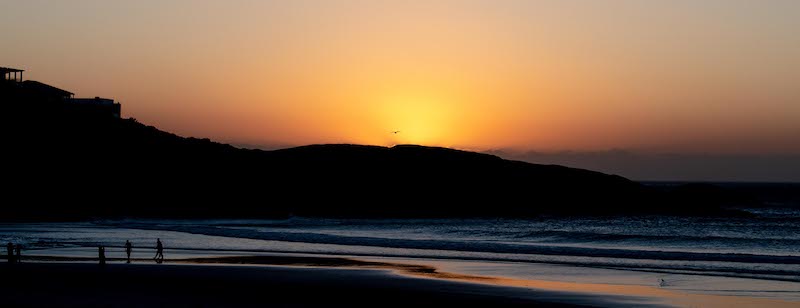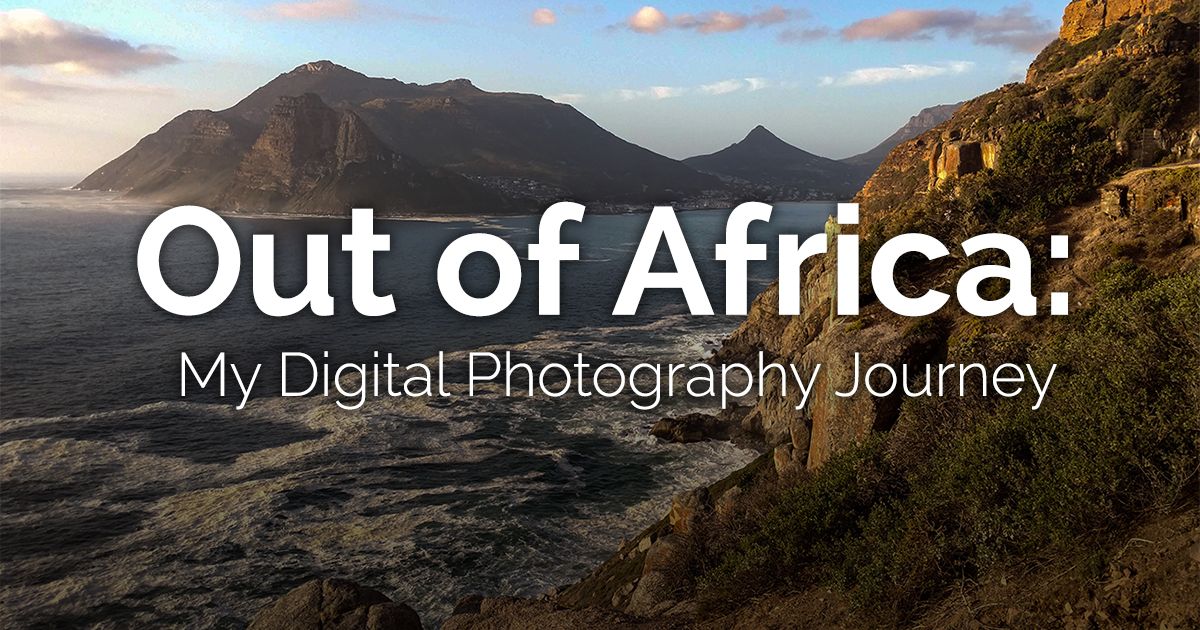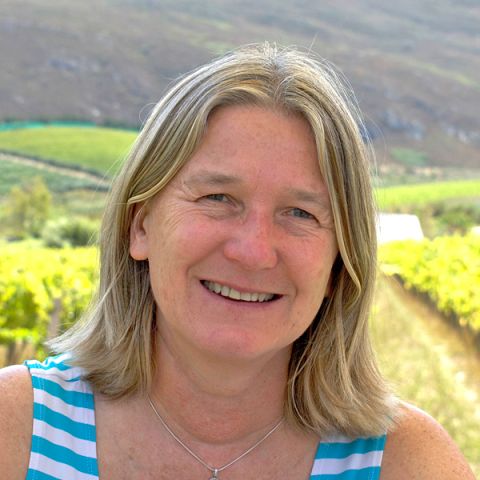My new adventure in photography started with a Christmas gift—a Nikon 7500 DSLR camera—and one simple instruction from my daughter: “You must keep your camera setting on manual.” I was given a guidebook for my photographic journey (Understanding Exposure by Bryan Peterson) and my first learning experience of not relying on the automatic mode of my DSLR camera began. I was about to set off for two weeks in my home country of South Africa with my daughters, Xandi and Christina, both avid photographers. I now had the tools to document our trip.
As I explored each chapter of the book on my South African vacation, I learned about composition, lighting, and the golden hour, and tested out each concept in real-time with my new camera. On my trip I learned some important lessons about taking better digital photos.
Lesson 1: Putting things in focus
I spent my first day in South Africa in my brother’s beautiful mountainside garden playing with aperture (f-stop) and depth of field. I had always admired those stunning images where the primary object is popping in the foreground and the background merely captures the essence of the surroundings. My first goal was to learn how to create a very shallow depth of field so only the immediate object was in focus.
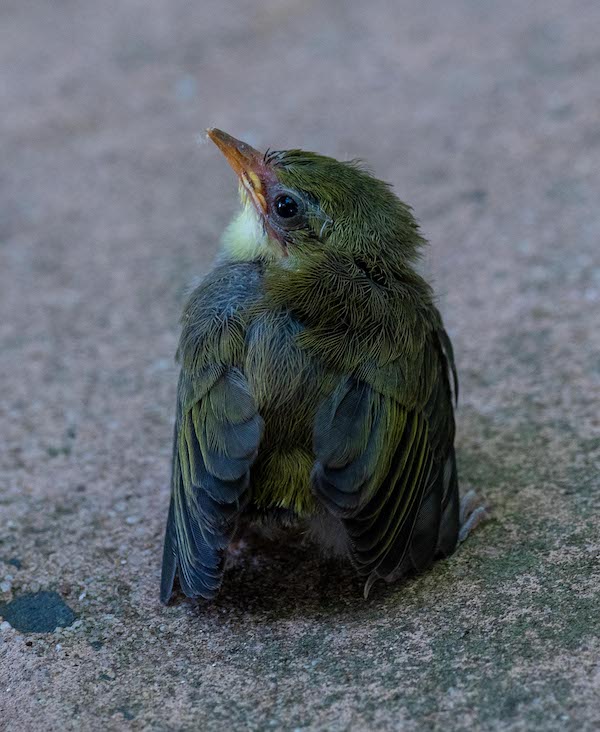
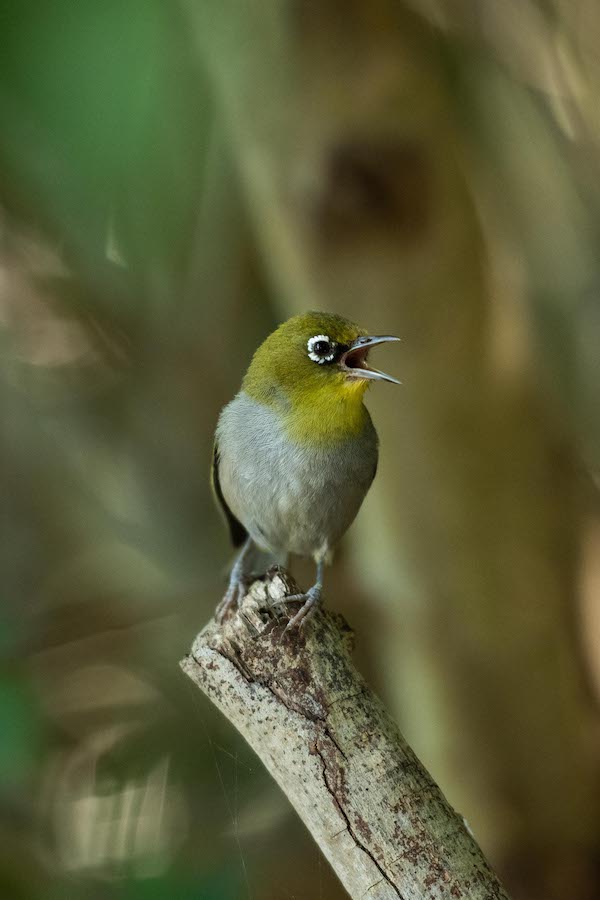
I experimented with both the aperture and my distance from the object I was capturing—two key elements in defining the depth of field—and was amazed by the impact on a photo of a flower or leaf. Of course, having a lens with a lower f-stop helps, and the Nikon 70-200 2.8 lens is really magical to use.
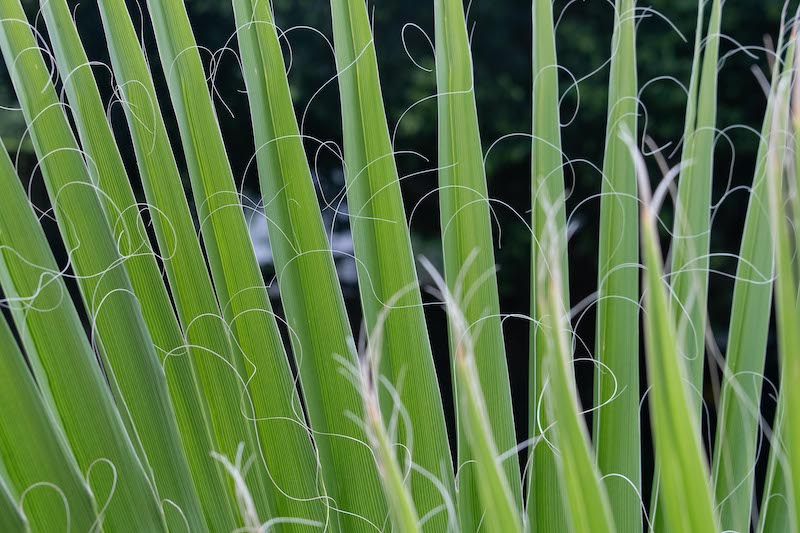
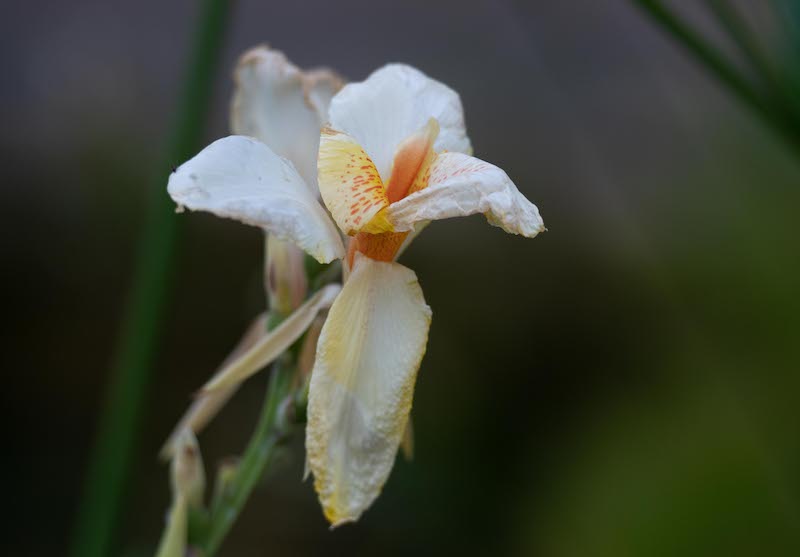
But how could I get those raindrops frozen in the air that I’ve often seen in other people’s photos? My next project was to test shutter speed to see if I could produce similar results. While I managed to capture some of what I had imagined, this is a skill I need to work on.
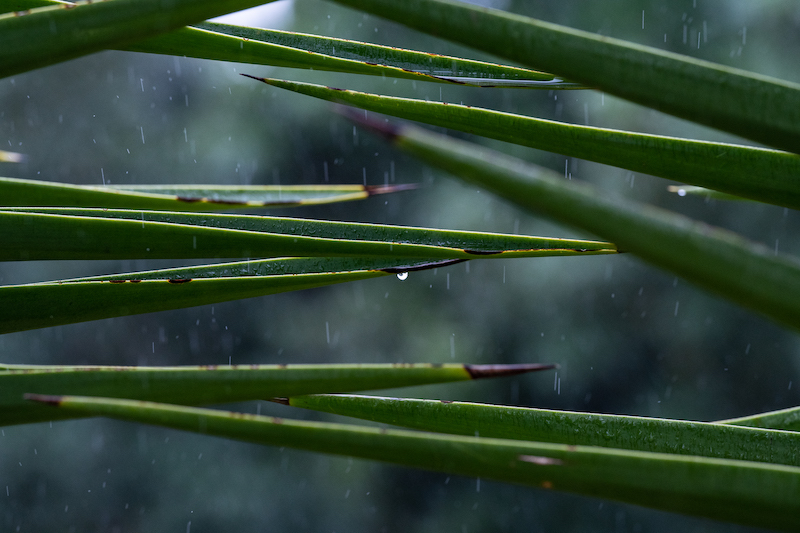
Lesson 2: Shooting “in the RAW”
Another rule of this adventure was that I was only allowed to shoot in RAW. What’s the advantage of RAW over JPEG? When you shoot in RAW, all the data is recorded from the camera’s sensor, producing the highest possible image quality. While shooting in JPEG means the image is ready faster, it won’t produce the quality of photo that your brain, eyes, and computer together can create from a RAW image.
I was skeptical at first, because if I shot in RAW I couldn’t immediately upload my favorite photos to Facebook or Google Photos—but I’m so glad I took this advice. Shooting in RAW paid off almost immediately.
While out on our game drives at the Shindzela tented camp, I would get so excited as we approached a family of elephants or stumbled across a beautiful tortoise. However, while I set the aperture right where I wanted it, I would constantly forget to check the light meter. The result? Lots and lots of underexposed images that I discovered each evening on our return to camp.
I thought I had missed the photo of a lifetime, but Xandi assured me there was still hope. With some Adobe Lightroom editing, my photos were brought from complete darkness back to life. The work produced by shooting in RAW took longer than it might have if I used my camera on automatic to capture a JPEG, but the quality of photo I created was far superior.
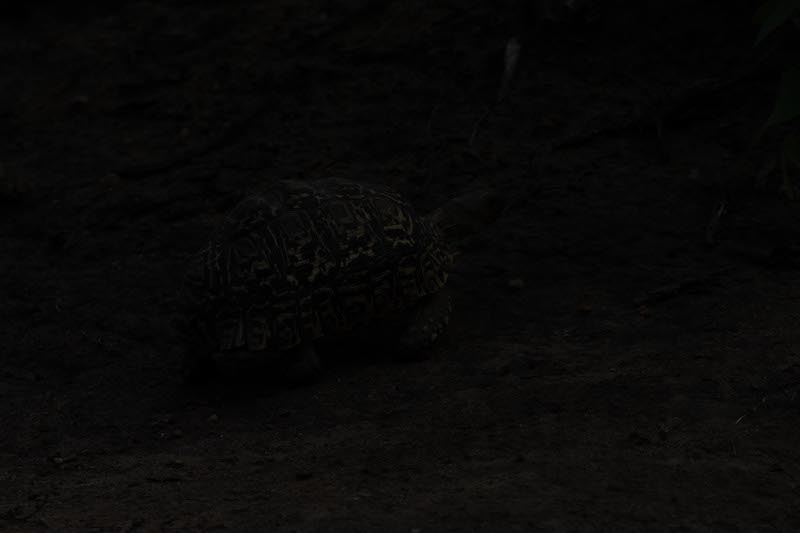
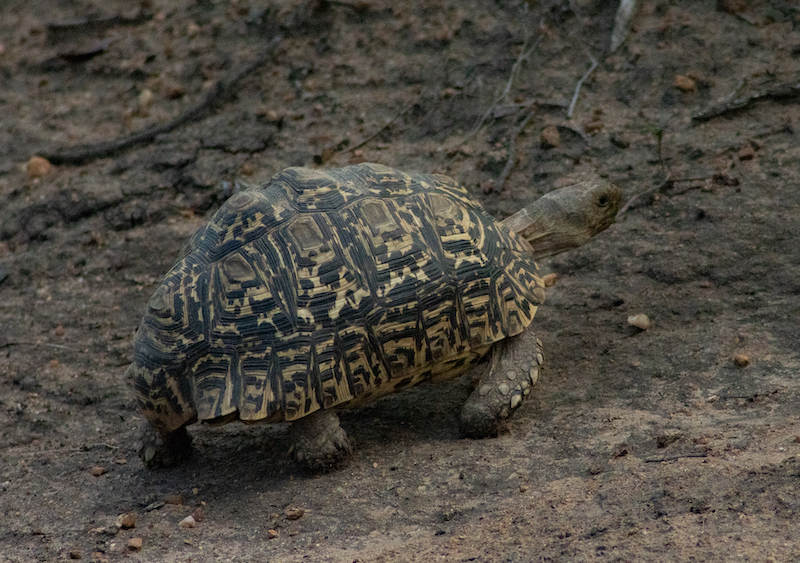
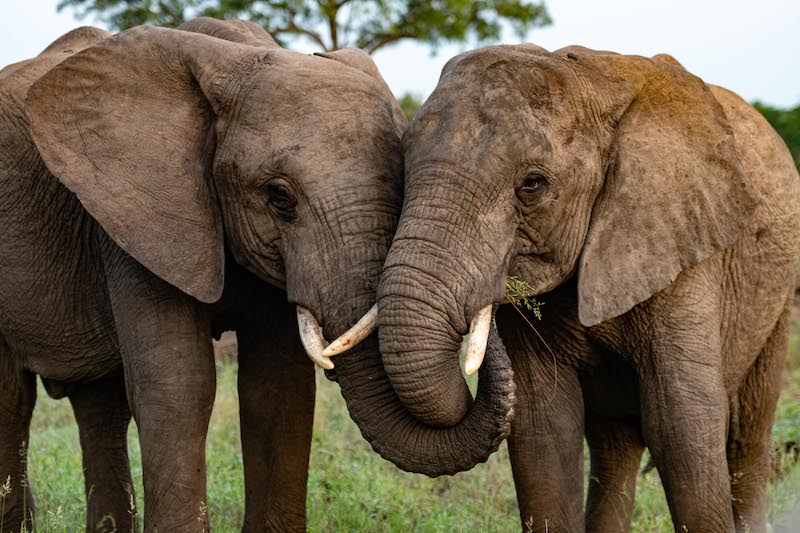
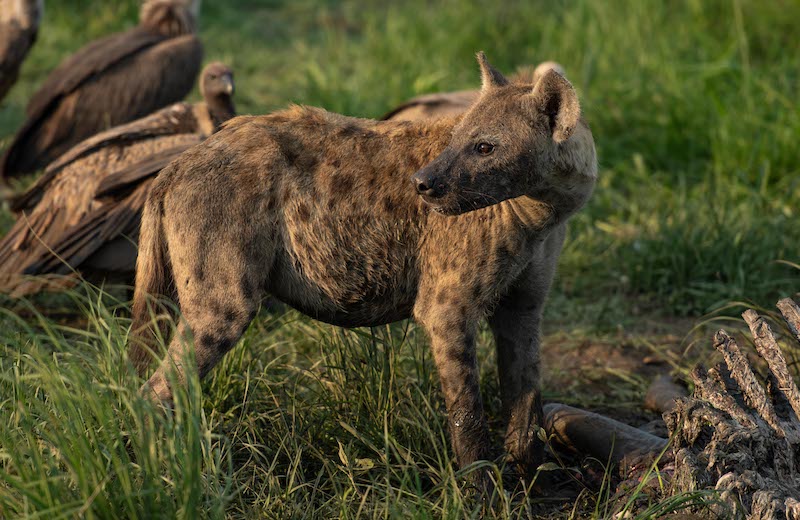
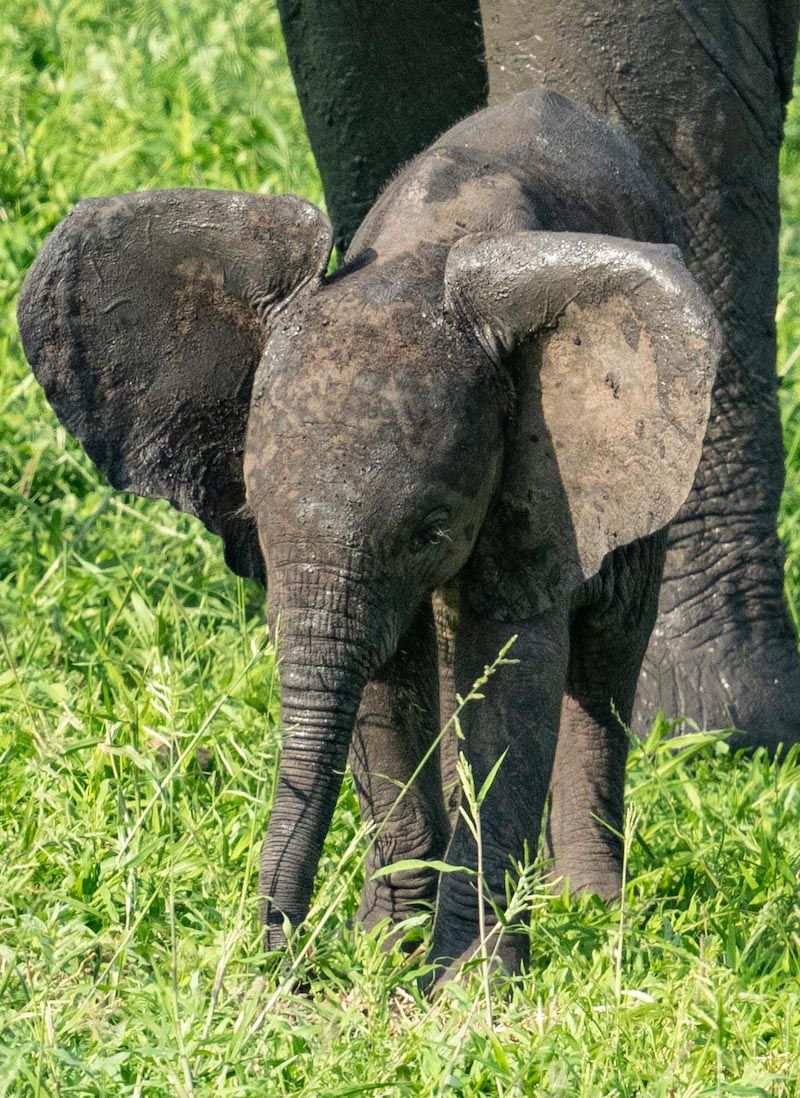
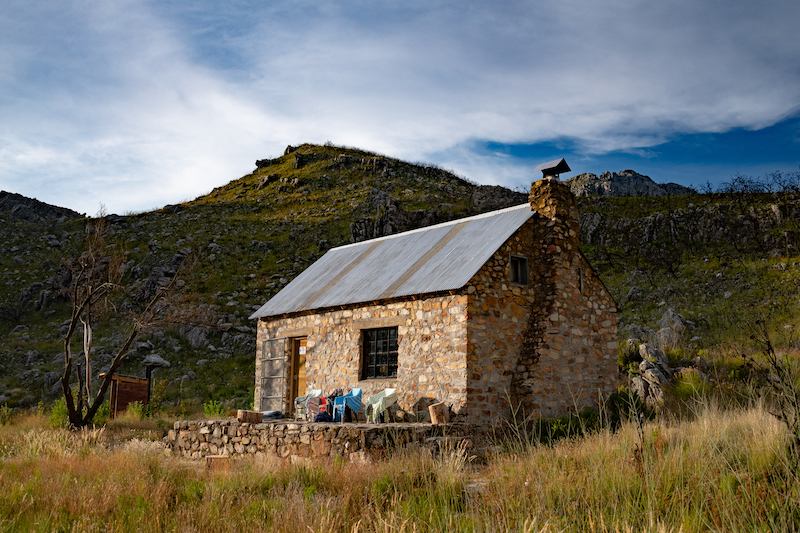
Lesson 3: Embracing the element of surprise
When I sat down each night at my computer to process the images, I soon learned that sometimes the first image you see while you are taking a photograph is not the one you end up with. The silhouette of this little boy on the beach only caught my eye when processing the image, but it captured so much of the magic of that evening. I had no idea that he would become the focal point of the image when I first took the photo. Photography has opened me up to focusing on details and seeing the world in a new way.
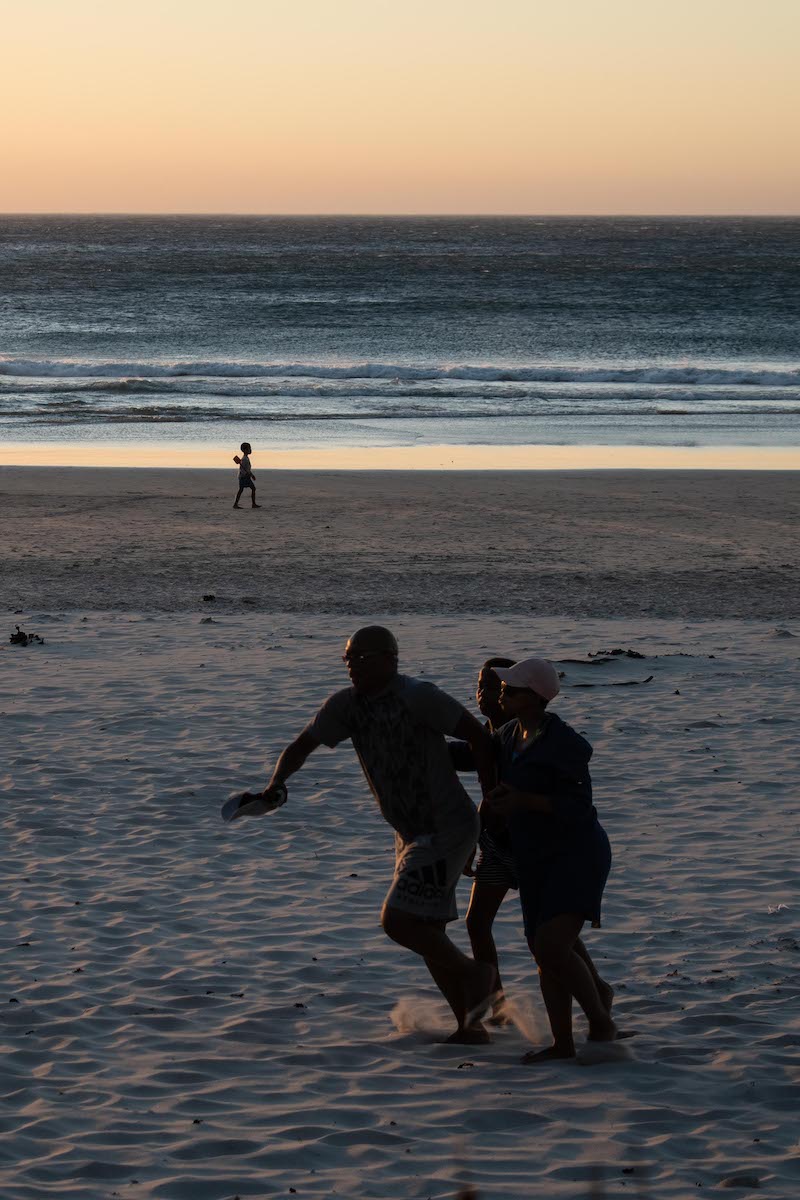
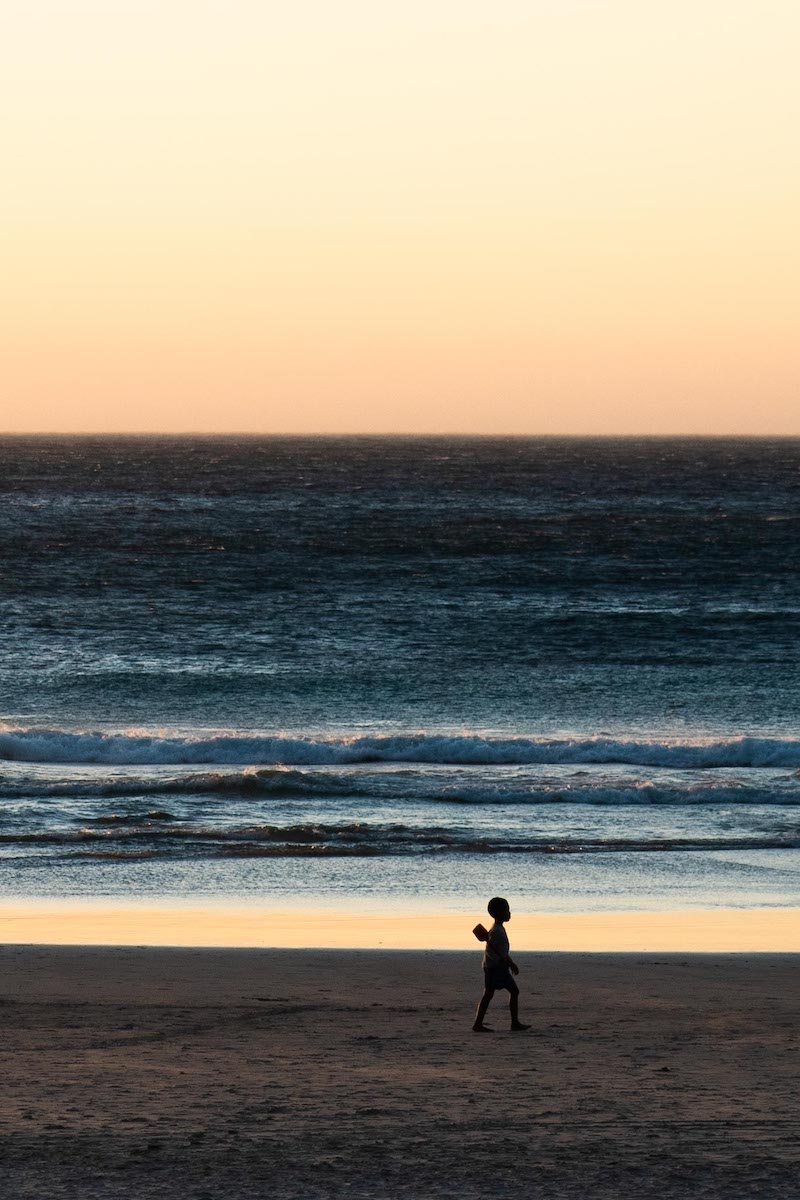
This is only the start of my photographic journey, but one that I hope will bring many wonderful trips, memories, and time to just “be” out in nature. I now look for patterns in light, see details I would never have noticed before, and take a little more time to enjoy the beauty of each day. What started as a Christmas gift became a chance to explore my love for photography, stretch my creative muscles, and ultimately discover a new way to observe and capture the world around me.
